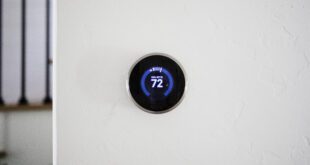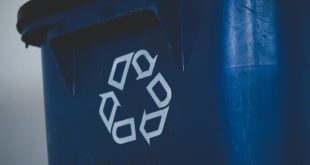Whether you live by yourself or have a large family, you might use more water than you would like every day. Between flushing the toilet, taking showers or baths and preparing meals, it’s easy to waste thousands of gallons of water every month. When you look for ways to use less water at home, you might tips that are nearly impossible to actually use in your own life. After checking over your house for any leaks and repairing those leaks, you can look for other ways to reduce the water you use at home.
Energy Efficient Plumbing
Installing energy efficient plumbing in your home is one of the best ways to cut down on the amount of water you use daily. A low flow toilet is one that uses less water every time you flush. You may want to replace your shower head with a low flow shower head too. This type of shower head reduces the amount of water that comes through the head when you’re in the tub. You’ll find similar designs in appliances like dishwashers and washing machines.
Brick in the Toilet
Long before energy efficient plumbing products and appliances existed, people used a simpler method of reducing the amount of water they used. They placed a simple brick inside the tank of their toilets. Toilets work in a simple way. When you pull down the handle to flush, it raises a large bulb inside the tank. When you release the handle, the water inside the toilet will rise until it raises this bulb to the right level. Putting a brick inside the tank reduces the amount of water needed to fill the tank. You can use any type of heavy object inside the tank that won’t float.
Turn Off the Water
Turning off your water is one of the easiest ways to save on water usage. Every time that you brush your teeth, turn off the water while brushing. Instead of rinsing all your dishes individually in the sink, fill one side of the sink with clean water. Dip the dishes in that clean water before placing in a drying rack. You can also store cold water in the refrigerator instead of running the tap to get cold water. Click here to take a simple test that estimates how much water you waste before you put these water saving methods into action.
 Alternative Energy HQ solar power for homes, wind energy, and bio fuel issues
Alternative Energy HQ solar power for homes, wind energy, and bio fuel issues










